Tesouros de Barro | Treasure Clay - New Solo Exhibition
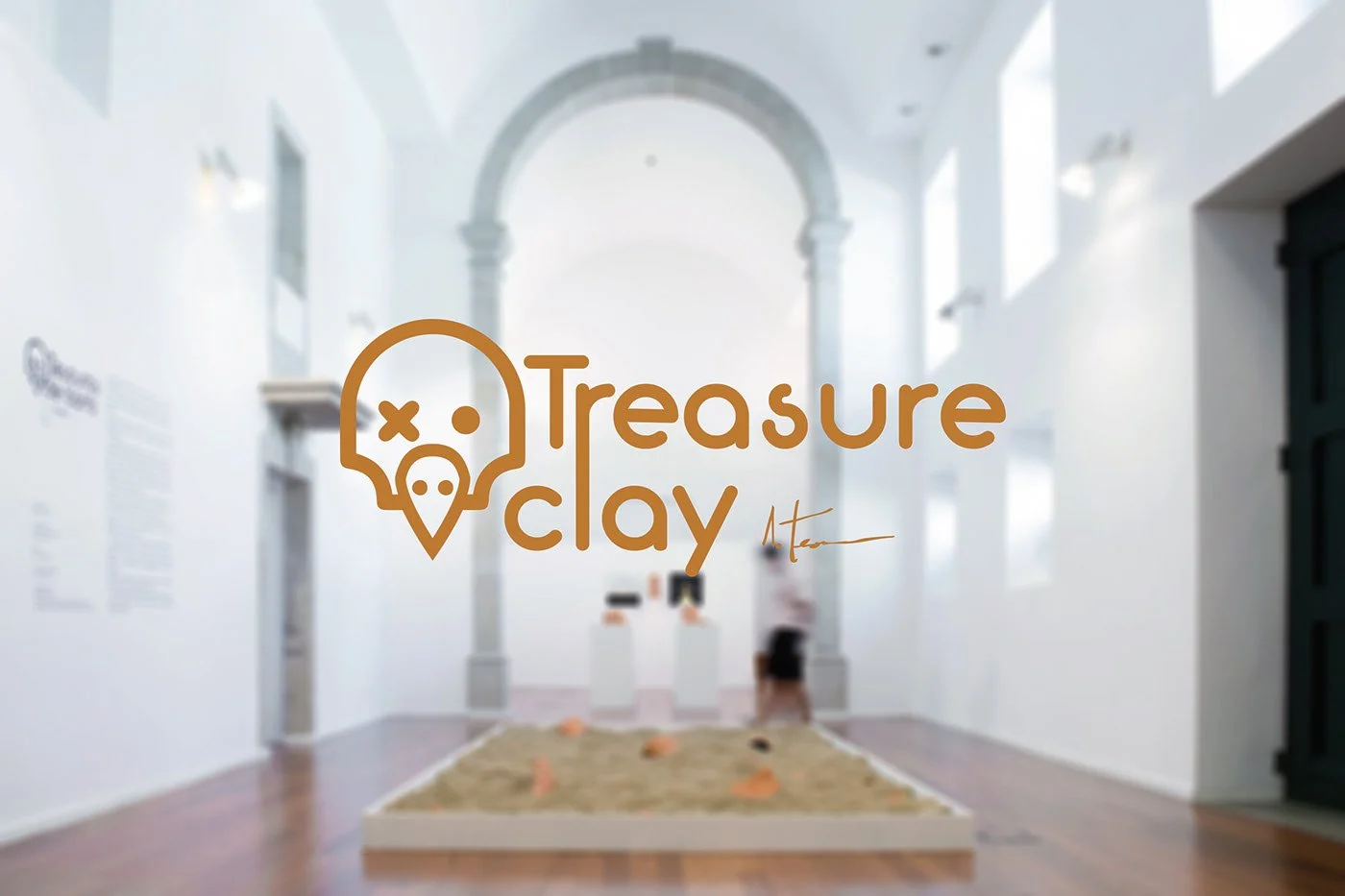
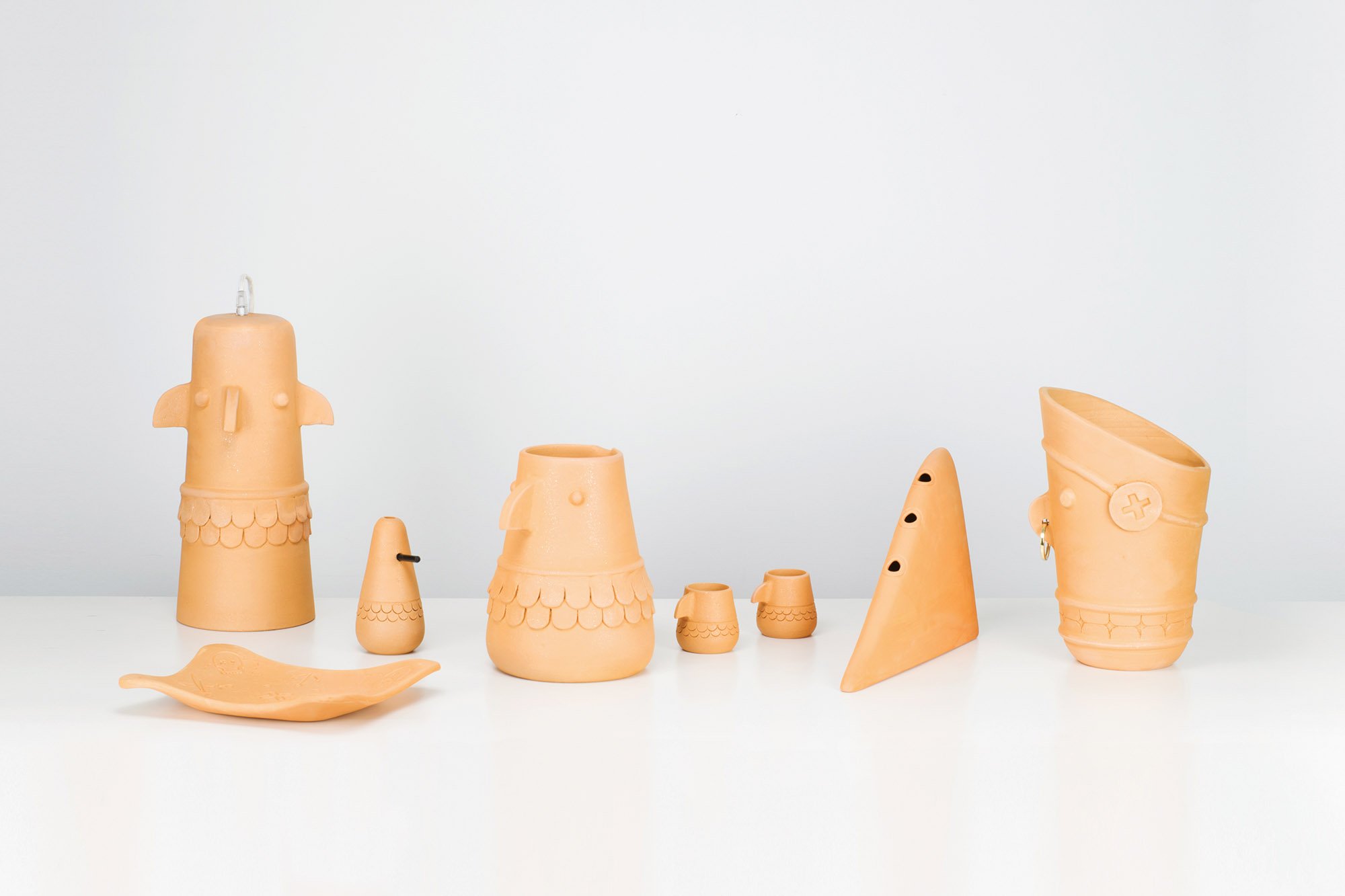
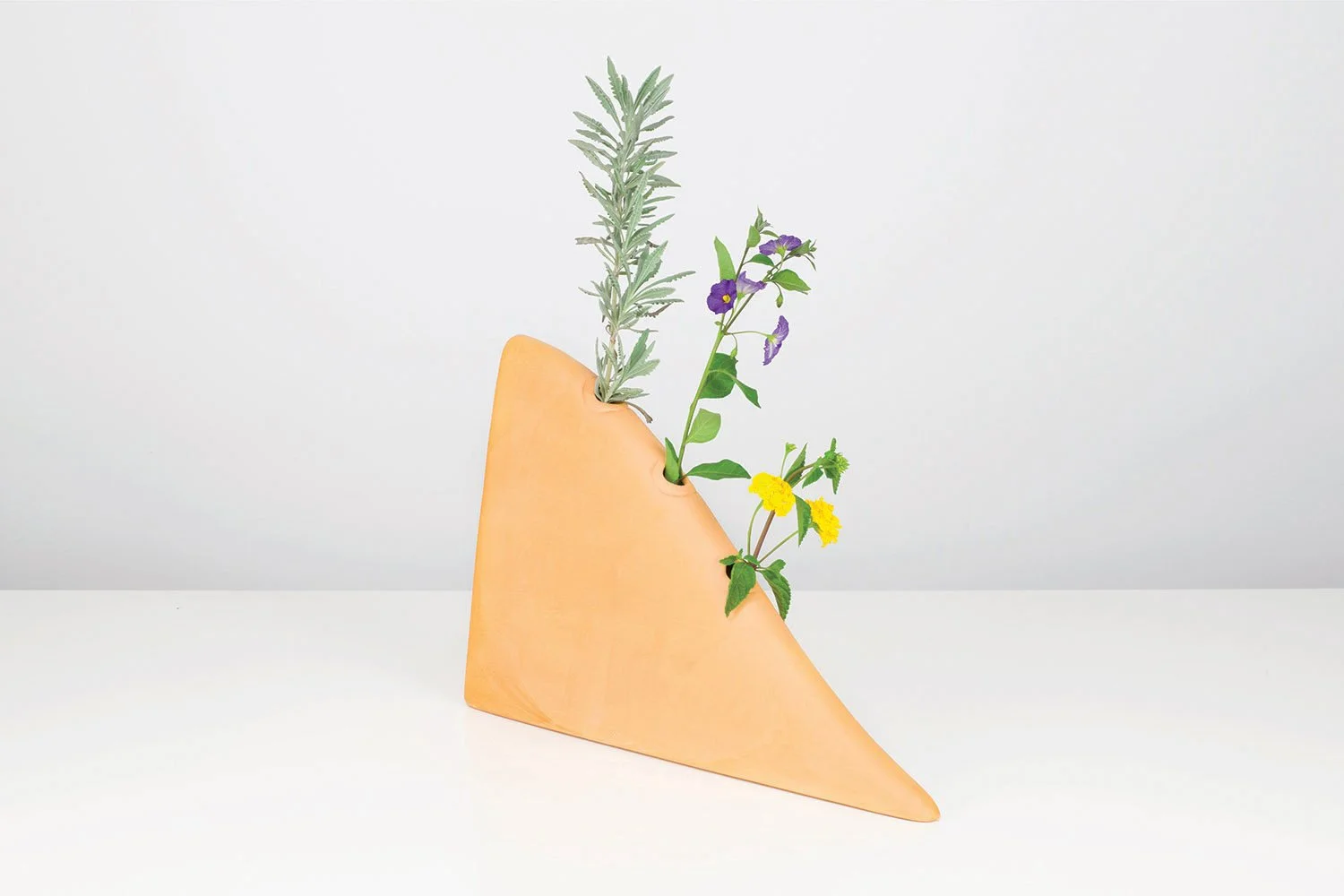
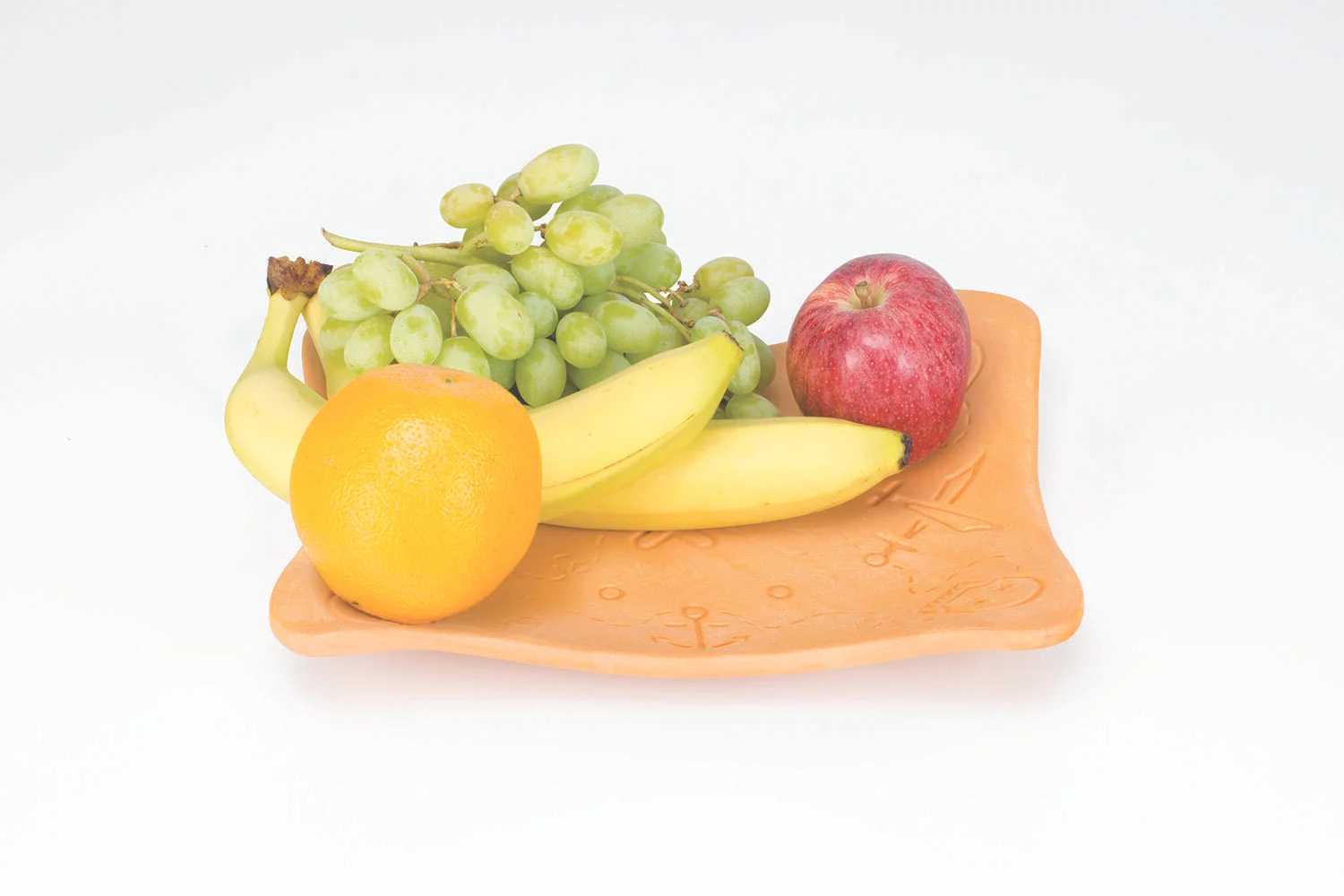
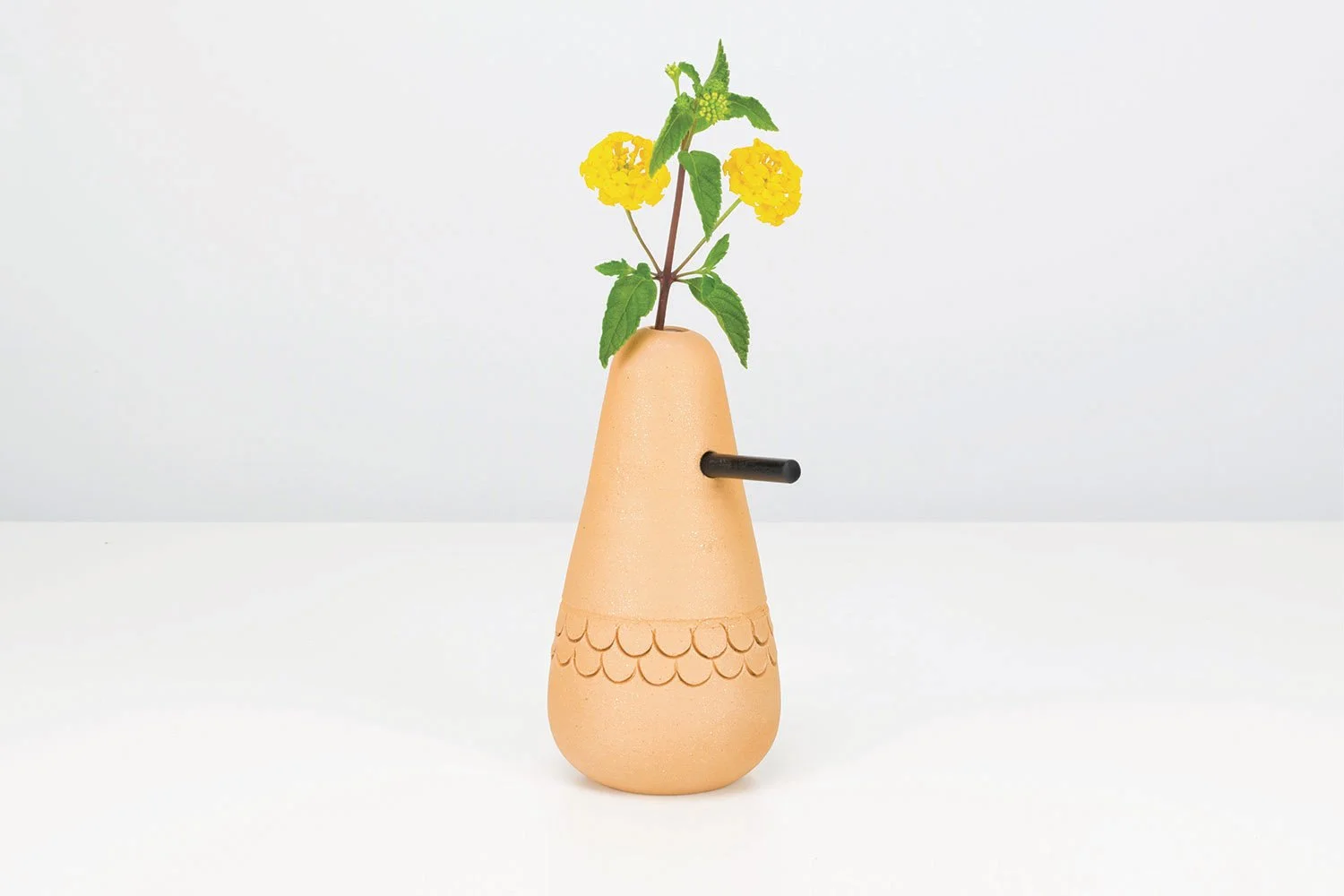
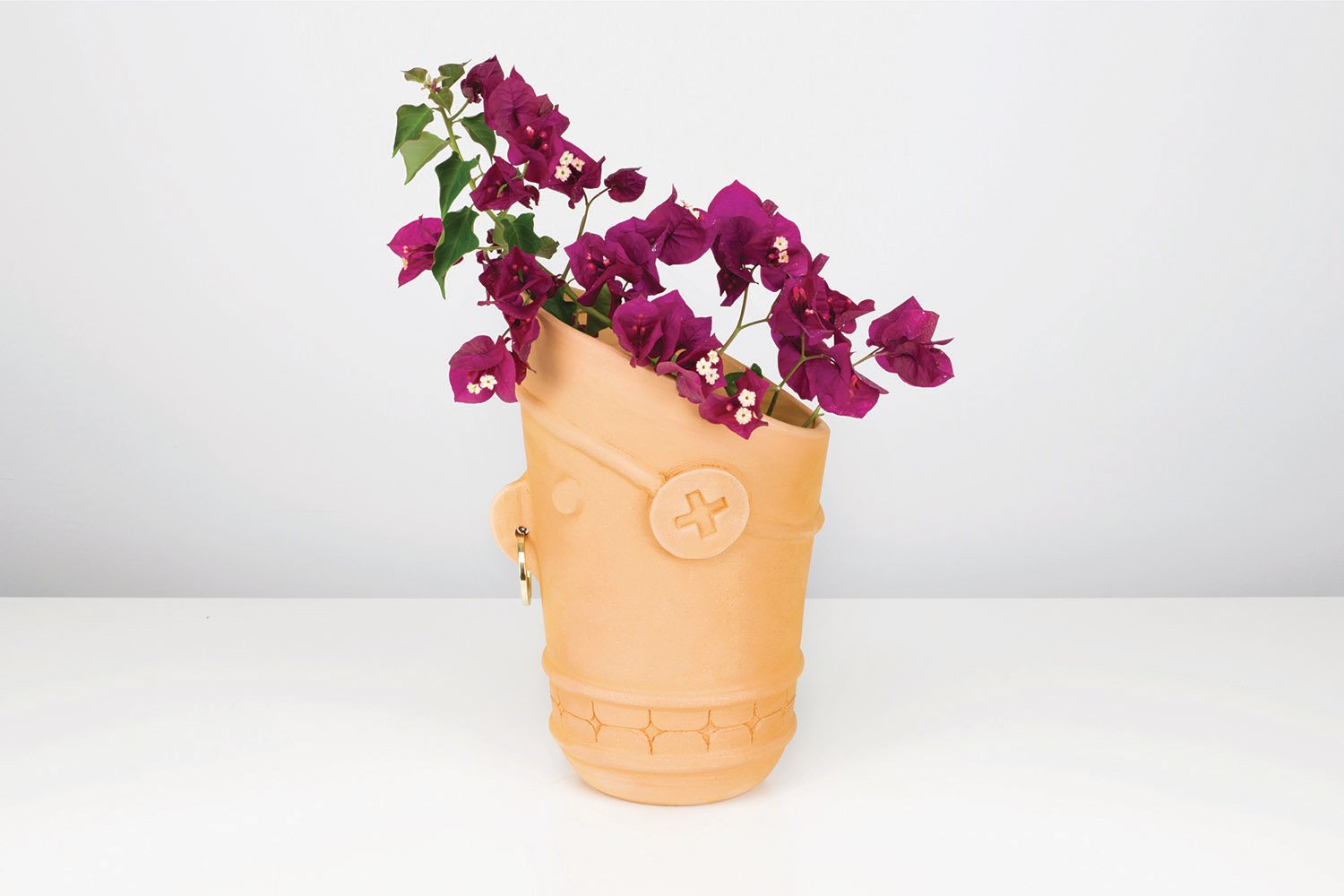
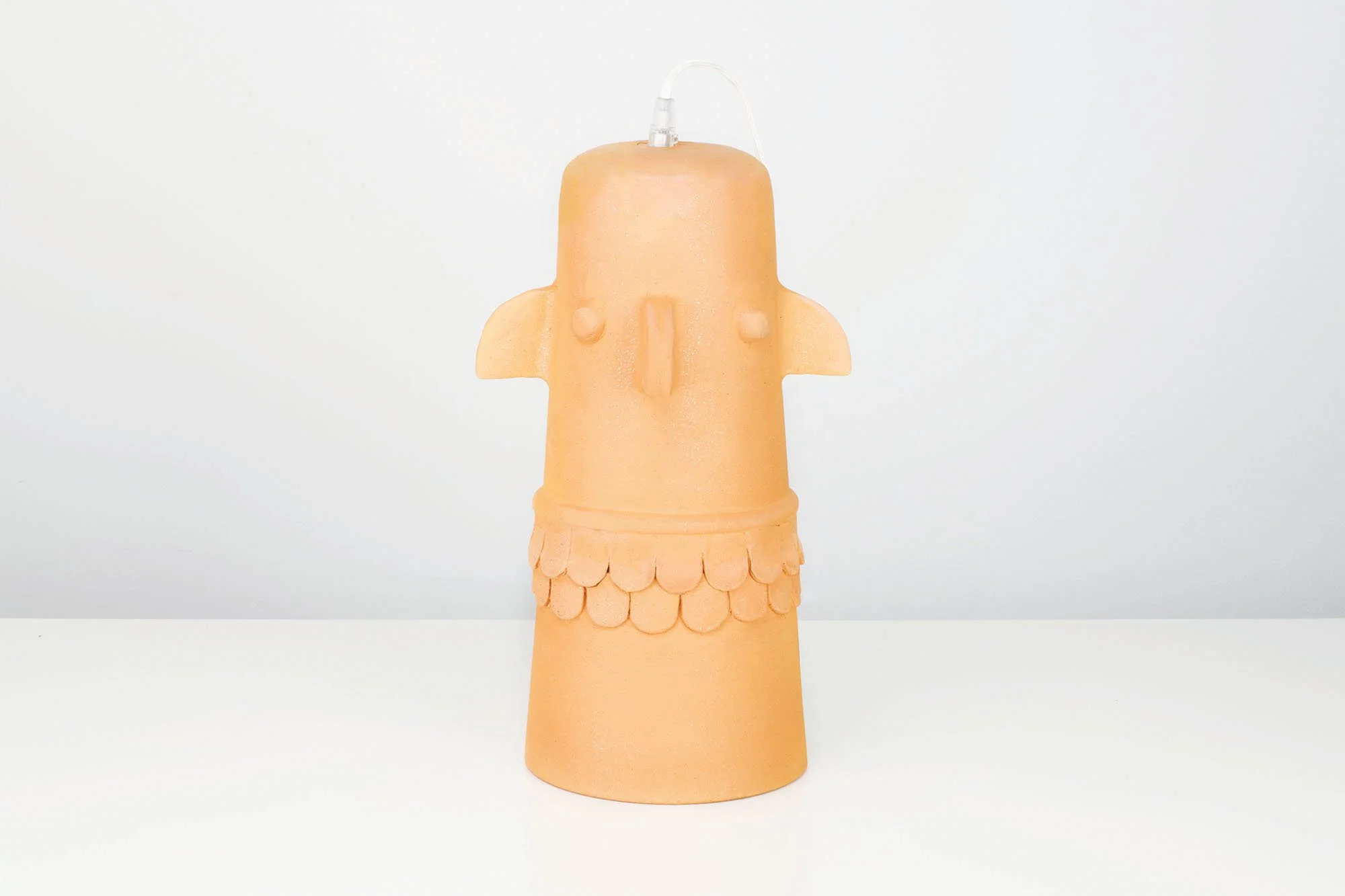
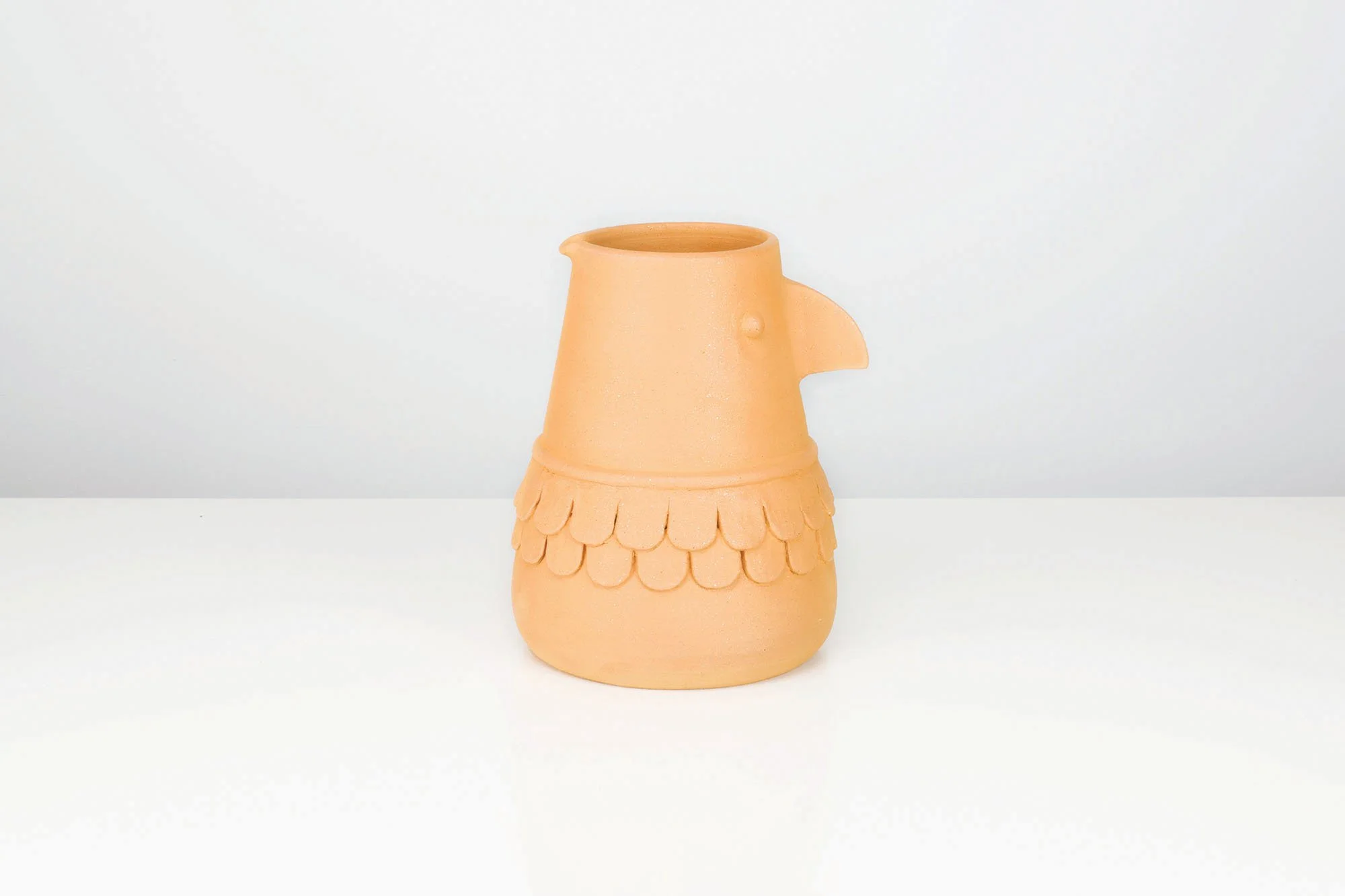

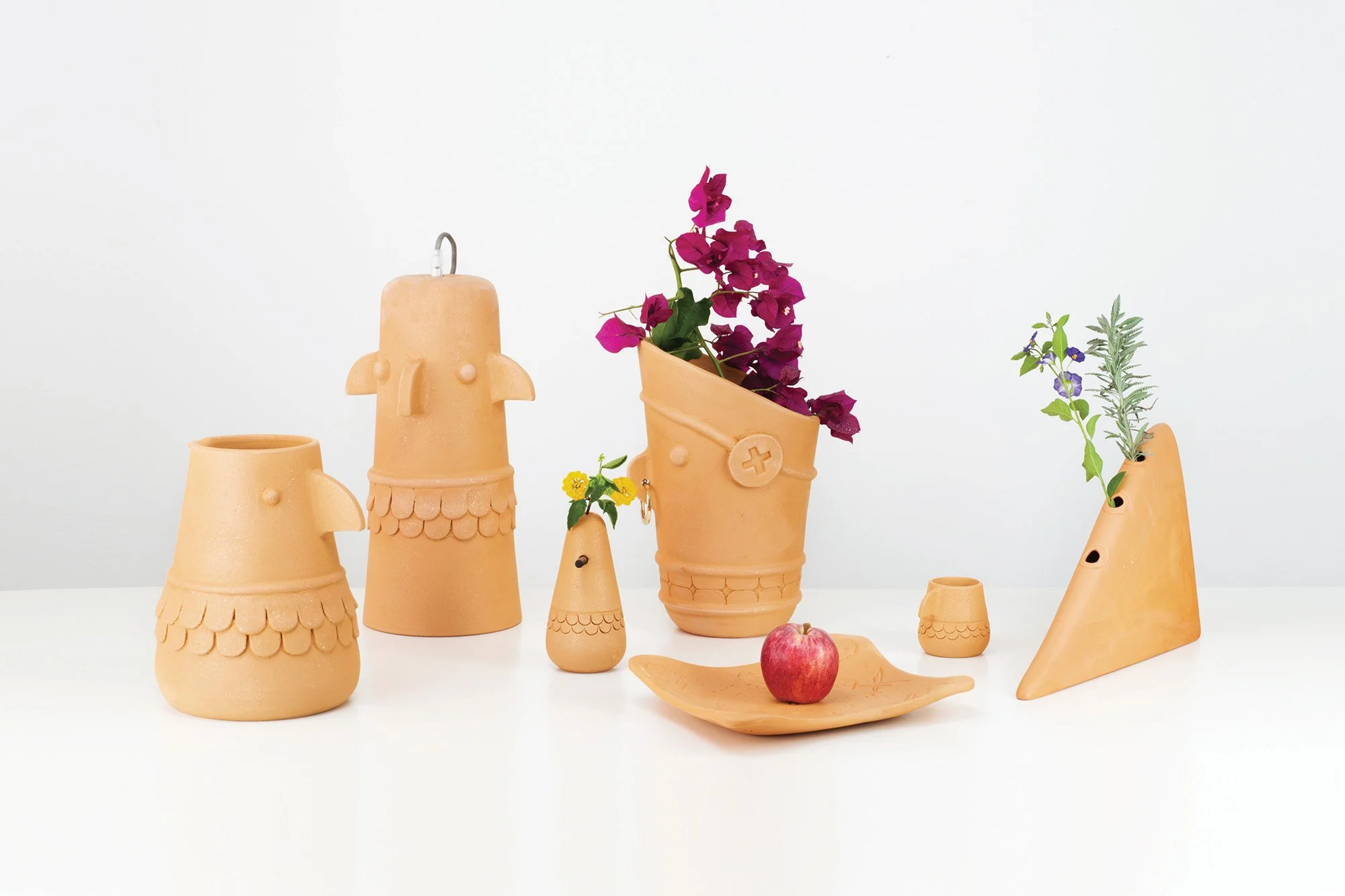
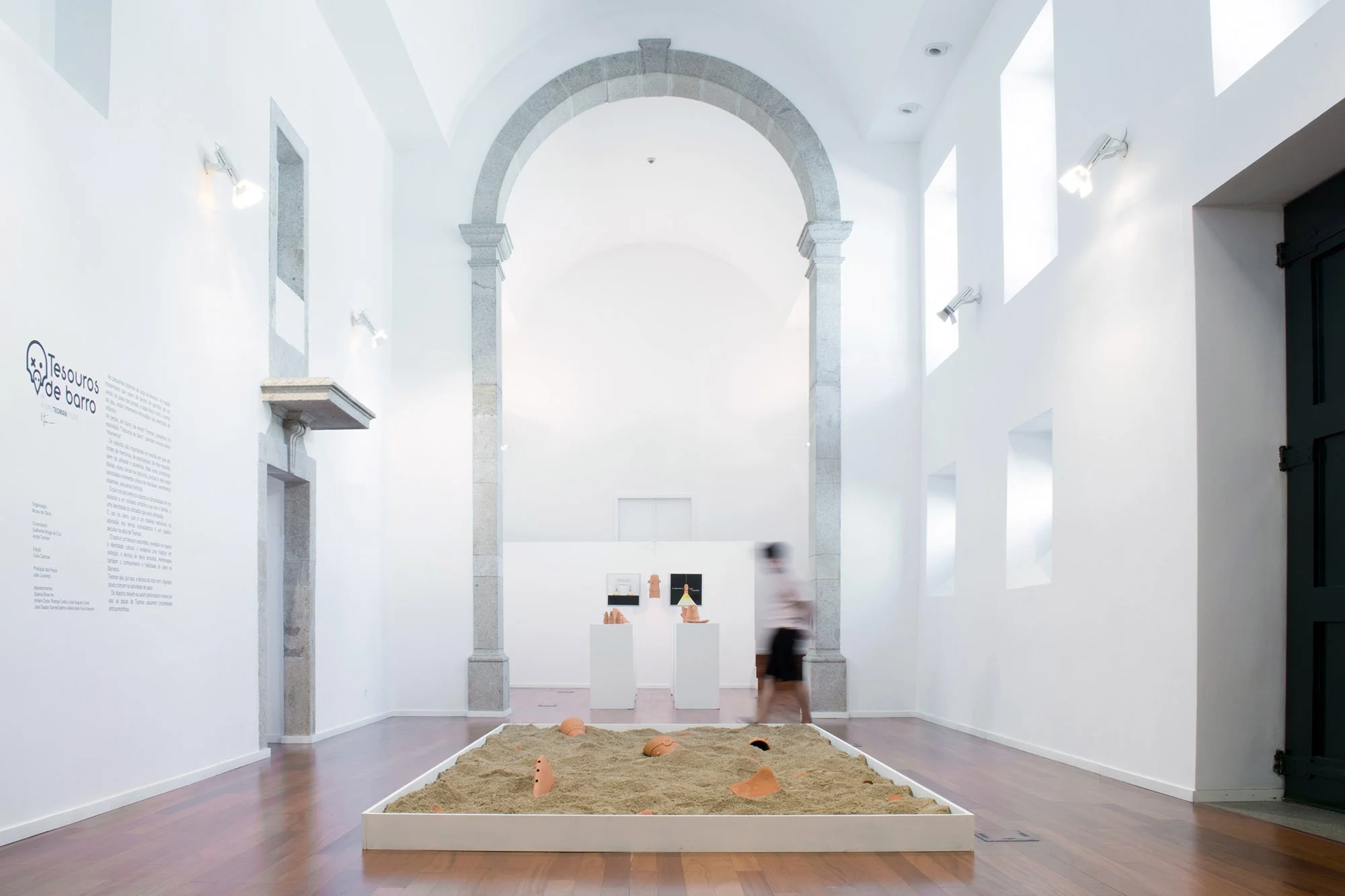
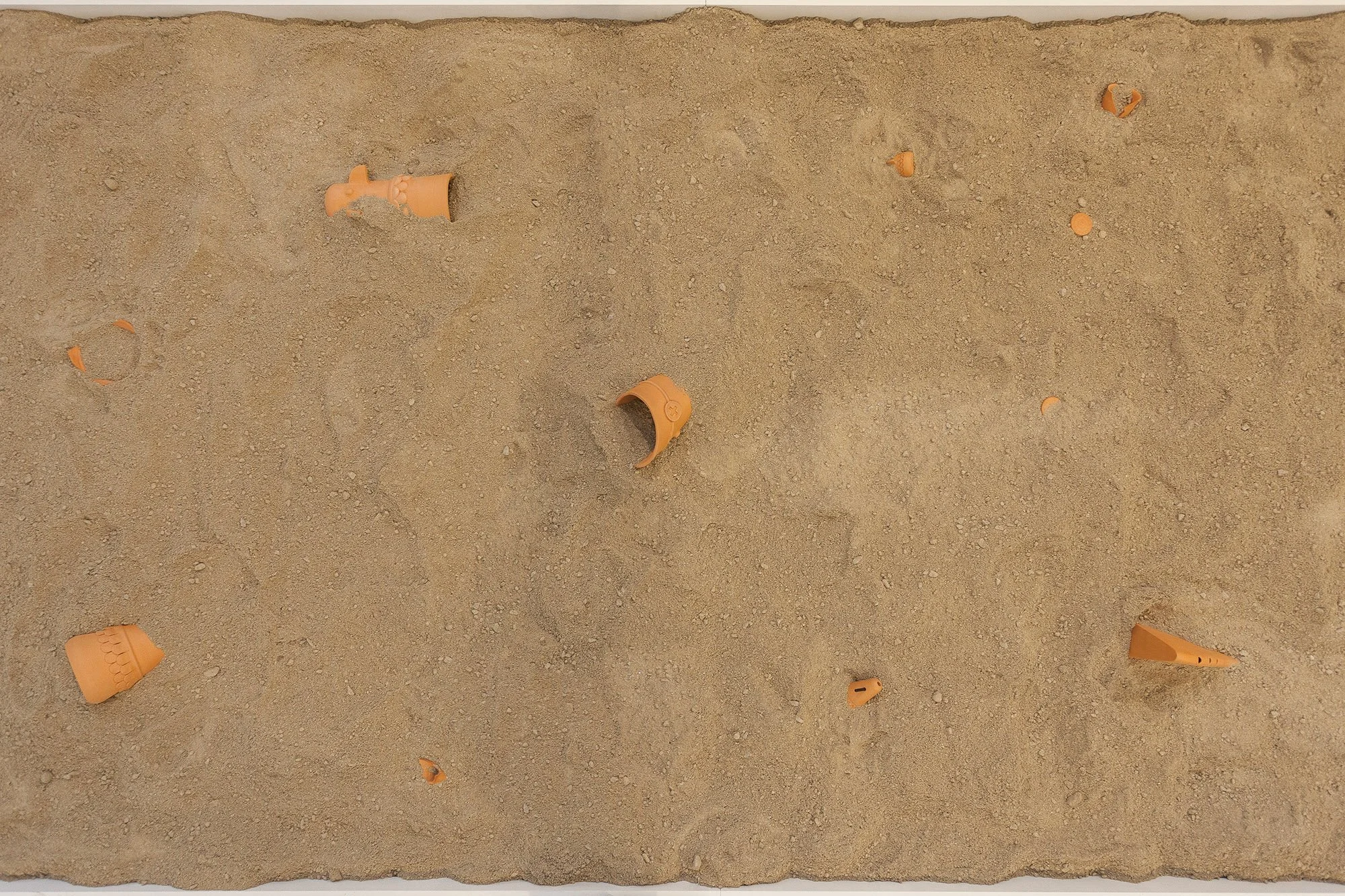
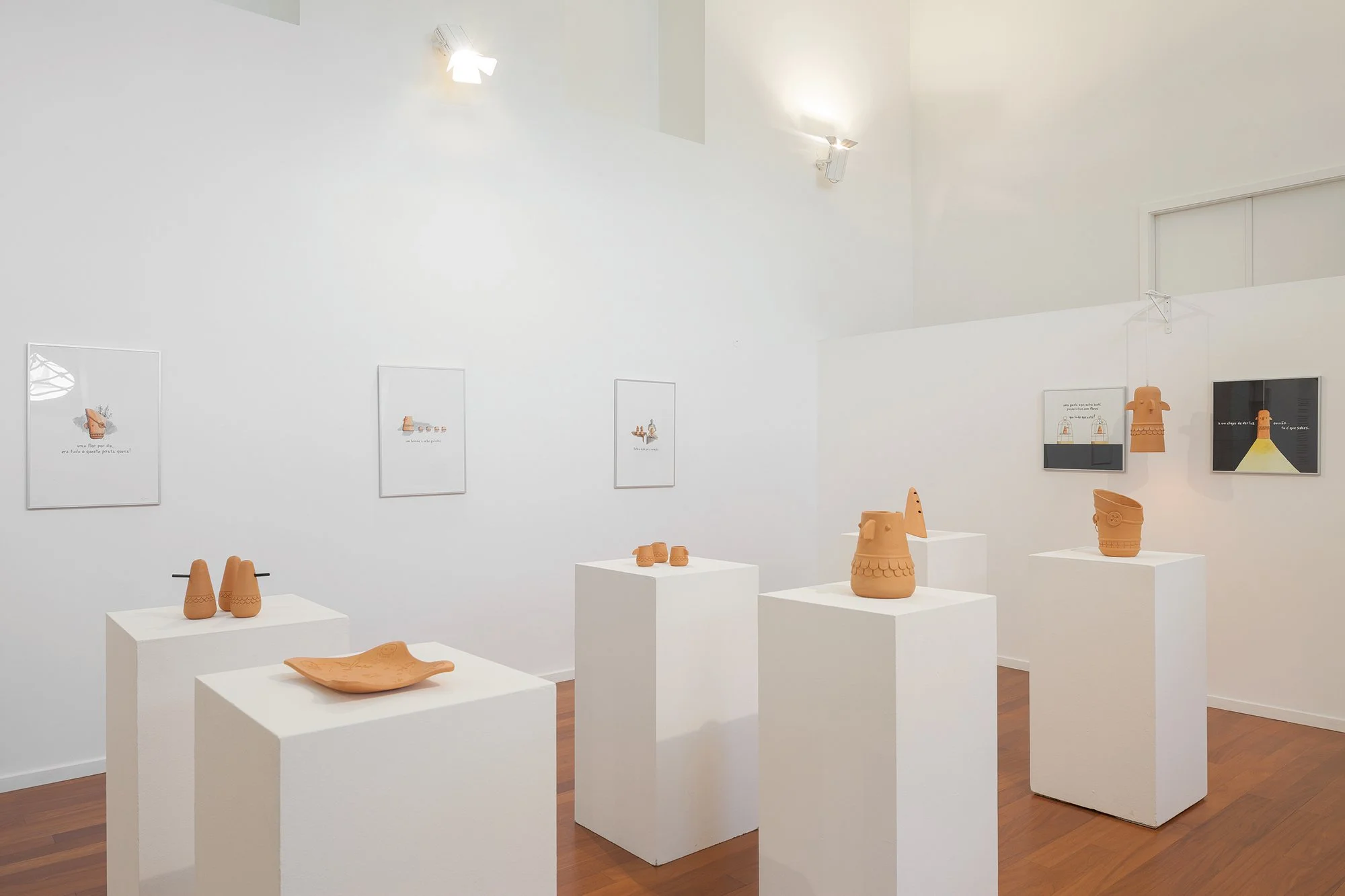
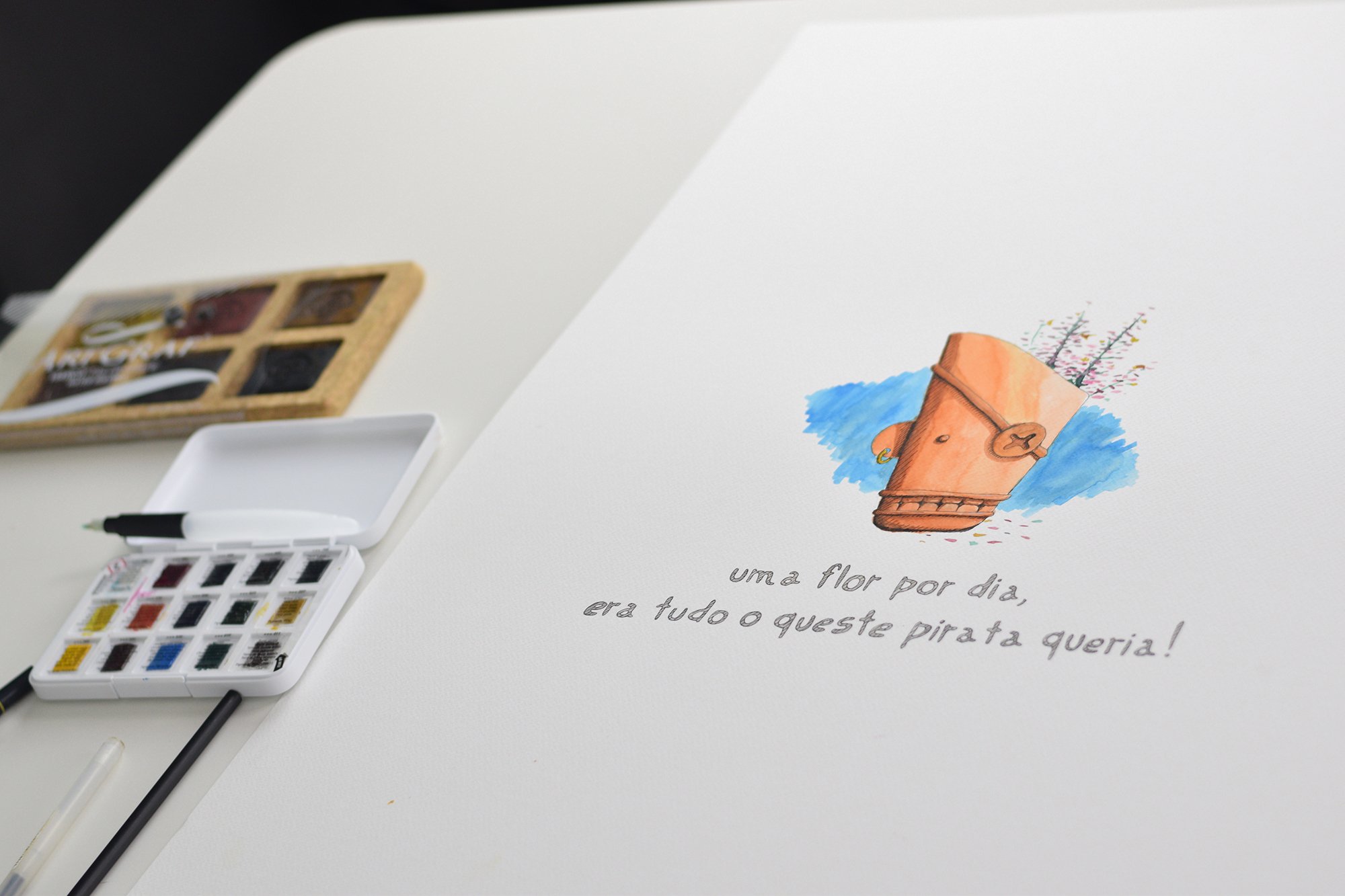
Tesouros de Barro | Treasure Clay - New Solo Exhibition
The little treasure-hunting stories, the mysterious maps that come out from inside green bottles, the pirate's blades covering their eyes, the wooden leg, are very intricate in ours childhood memories.
The clay pieces by André Teoman, present in the exhibition "Tesouros de Barro", seem to evoke these "mementos".
The objects are important insofar as they are sources of memories, associations, interrelationships, as well as utility and appearance, considered as priorities. They often become treasures, because they are associated unique moments of happiness, special feelings and little stories.
We thus become hostage to things themselves, in so far as they hold personal meanings, which bring us to magical moments.
The connection to things is not done, therefore, merely by means of the things themselves, but by the relationship that we establish with them.
As Csikszentmihalyi said in his book "The Meaning of Things", a "psychic energy", a mental attention, is thus seen. A "flow," which makes us captive to the object, and what we do with it. Making ourselves and the object one, in the mechanism of doing.
What brings us closer to the object is the property of associating us with a symbolic context that is familiar to us, a user identity that will be reinforced.
The use of clay, which is a traditional material, in the application of iconoclastic themes is a peculiar aspect of Teoman's work. Respond to our inner echoes, inner desires and concerns. We can therefore recall that category of sentimental objects par excellence, as is the case of those found in some of Starck's creations, proving that design also exists in the realm of visual things, graphic design, typographic creation, animation.
The clay is a hidden treasure, revealing wealth and cultural identity, and shows a tradition in extinction, the technique of ancestral pottery. He also honors the knowledge and skill of the potter of Barcelos.
The exposed pieces, half hidden under the earthen cloak, allude to an idea of "clandestinity" which Baudrillard once referred to, as if it were an intimacy established with the desired object, a satisfaction conceived by the secret treasure, privilege of a few.
Manipulation which translates into a relation of "absolute uniqueness" to the object, and in that it is comparable to a domestic animal, exalts and reinforces the person's individuality.
The objects thus allow themselves to be personalized and perhaps for this reason Teoman's pieces assume anthropomorphic properties.
